A few days ago Moni Basu of CNN published a provocative piece comparing the photography of War to the photography of Fashion.
Whether this is an absurd evocation, an intellectual exercise, or an astute reflection I’m not calling it. I can’t. But the idea of taking an individual photographer who has shot both war and fashion and juxtaposing images from the two bodies of work, was curious and very disturbing. At one end, sure, there’s the composition and technique – brilliantly and noticably similar…at the other end of the spectrum is the danger of belittling such a weighty topic as war with such a flippant topic as fashion. All in all, plenty of tension, which is why I thought this a worthy share.
I still don’t know what to think. Generally speaking its not a surprise that popular reactions worldwide to this piece have been swift and, dare I say it, overwhelmingly unflattering. Basu has been quick to defend herself by explaining:
We are not comparing war to fashion. We are comparing the photos that come from those disparate circumstances.
But can you compare the photos taken of disparate circumstances without comparing the circumstances themselves? It’s a big stretch to take for the sake of alliteration. Just as Basu took the scales to the two forms of photography, we should take them to her project. On the one hand, I understand the goal of juxtaposition for being evocative. Whether bravery or naiveté, it takes a large dose of both in large doses to dive right into the deep end, which is what she did.
This project will always be an invitation for serious criticism and judgment. Write what words you may write around the images, but sitting an image of American soldiers at the same table as runway models with the title “War & Fashion” at the head is a guaranteed poke with a sharp stick for many. Even for those opposed to war (or fashion for that matter).
I wrote about wartime photojournalists a few weeks ago in part to celebrate the individuals who took the photos but also to appreciate the work itself. Although I threw up a sequence of shots, each photo really deserves to stand on its own — such is the emotional impact they have. It’s hard to imagine comparing say, Eddie Adams’ iconic Vietnam photo to a model having her makeup put on.
I guess I “get” it, but I’m not sure on the issue of taste. But then, I’m no Moni Basu.
[If this topic is unsettling to begin with, please don’t scroll down to look at the photos. And please no ranting. Opinion yes, thrashing, no. This is intended/shared with the goal of critical reflection and respectful discussion only.]

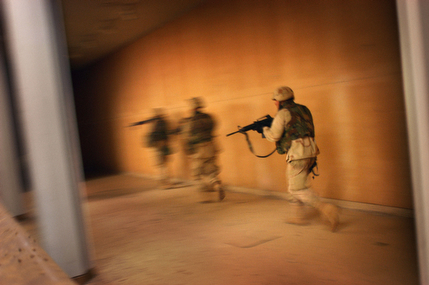
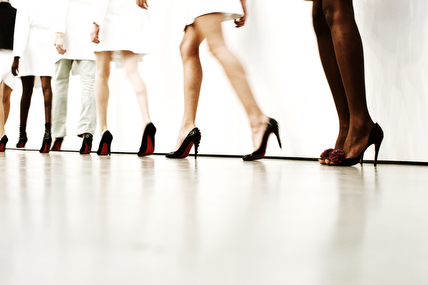
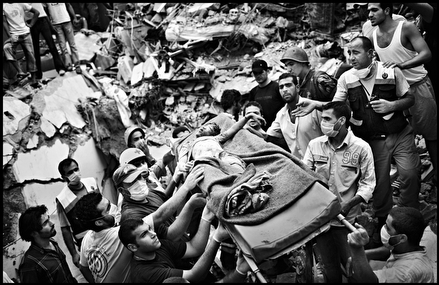

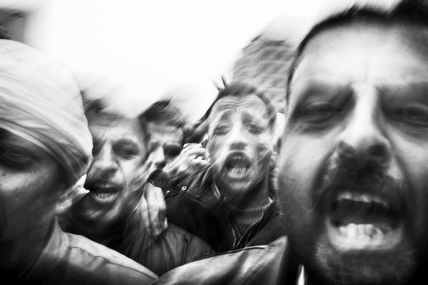
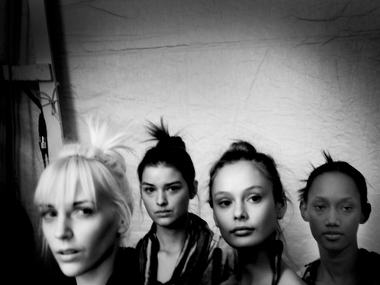
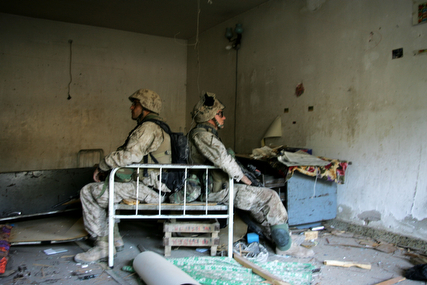
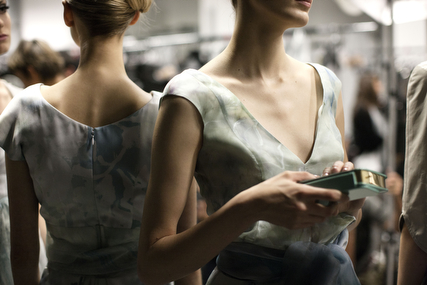
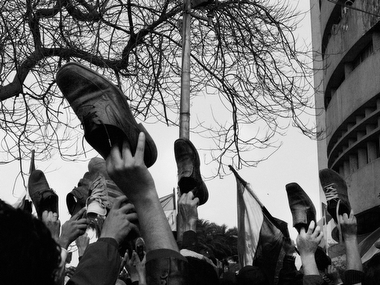
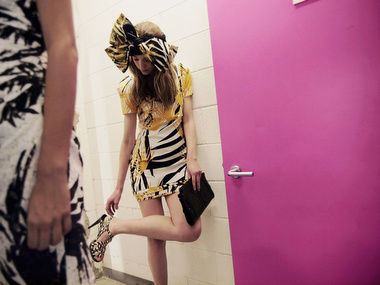






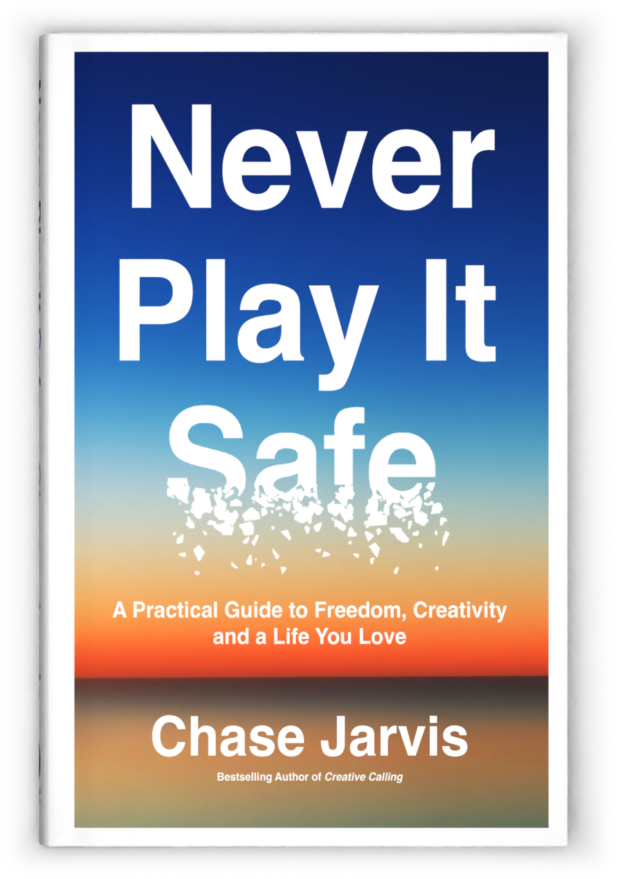



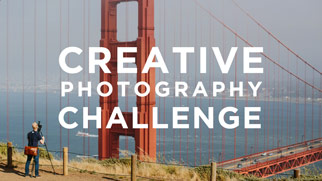
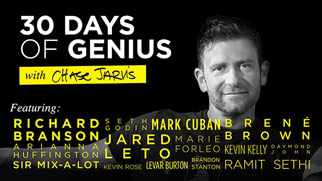
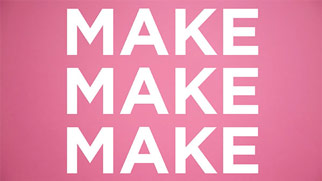
These vegetables contain no fat, no sugar, are high in fiber, and are extremely low in calories,
yet are able to aid in sateity (stomach feeling of fullness).
Your body does not reduce one spots fat without reducing the fat from other areas too.
ensures you don’t hit it with a lot of fuel right before
bed.
While I totally agree that the idea of putting war next to fashion is bordering on reckless, I completely understand where the story is coming from. Interestingly, the deeper you get into the fashion and fashion photography industry, the quicker you realize that people become just as passionate about clothing as others get about war and politics.
The whole war + fashion comparison appeals to two very different types of people, two very different cultures. In that, we must always be mindful of the context and relationships people have with different topics and subjects. With that said, I realize that it might be easier for someone with a background in fashion to weigh in on the topic with less bias than someone dedicated to politics with no interest in fashion. That is the esoteric nature of the fashion world.
Simply wish to say your article is as astonishing. The clarity in your put up is just spectacular and that i can suppose you are a professional on this subject. Fine along with your permission allow me to take hold of your RSS feed to stay up to date with forthcoming post. Thanks one million and please keep up the enjoyable work.|
This is just like a fashion revolution. Though it looks cute actually 🙂
I don’t see «fashion photography» here. I see journalistic work on the fashion world. So this is the first thing common between these two kind of shots.
But there’s something else there. Fashion world is also a war zone. Just as the military movements fashion too is about control. It has it’s own casualties, think anorexia, child workers making your clothing. I don’t know if finding this, a bit stretchy I admit, parallel was Basu’s purpose, yet I see it in these pictures.